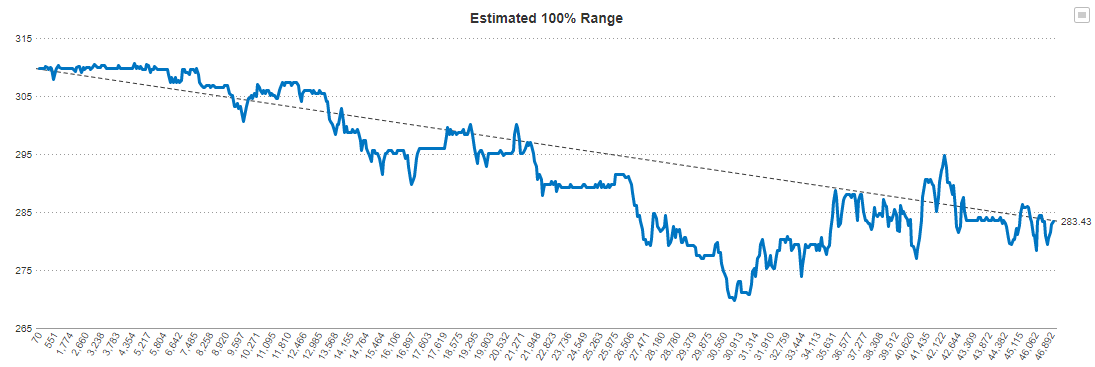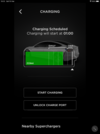My only thought is that your low point, at around 30,000 miles, you said was Jan 20, which is mid-Winter, and your recovery at around 36,000 miles was in April, early-Spring. Teslafi and the app I run, Stats, use the SOC api that is temperature-affected.It has been hanging out at the recovered level with some variance.

So it appears that I have recovered some from the low point at around 30,500 miles, and it doesn't appear to be wanting to go down any further. Not a bad result.
Not really sure what you're getting at here. It sounds like "Well, if you disregard the evidence then this is meaningless".
Well. Ummm. Yes. I guess?
Doctor comes in and says "well the MRI shows you have a large cancerous tumor". Hmmm. Well I guess if I disregard the MRI results then everything should be OK.
Here's my data from Stats, overlaid with temperature, that shows how much the 3rd-party apps, like TeslaFi and Stats, using the temp-affected SOC api, show BMS range estimates that correlate with temp change:
Now, strangely, since Jan 24th, the temp and BMS range estimate no longer seem to be correlated. I did get a bunch of software updates in this time period, so I do wonder if something changed, whether Stats decided to use the other SOC api that isn't temp-affected, or whether Tesla changed something. Dunno, but mid-Winter I expect the BMS estimate to show 304-306miles, and I'm currently getting 309-313miles, what I would normally show mid-Summer. Strange.
Anyway, just wondering if you ran your BMS data vs ambient temps to see if there's any correlation. Yes, I know, Houston, but as you can see, even small temp changes affect the BMS range estimate that 3rd-party apps seem to use.




